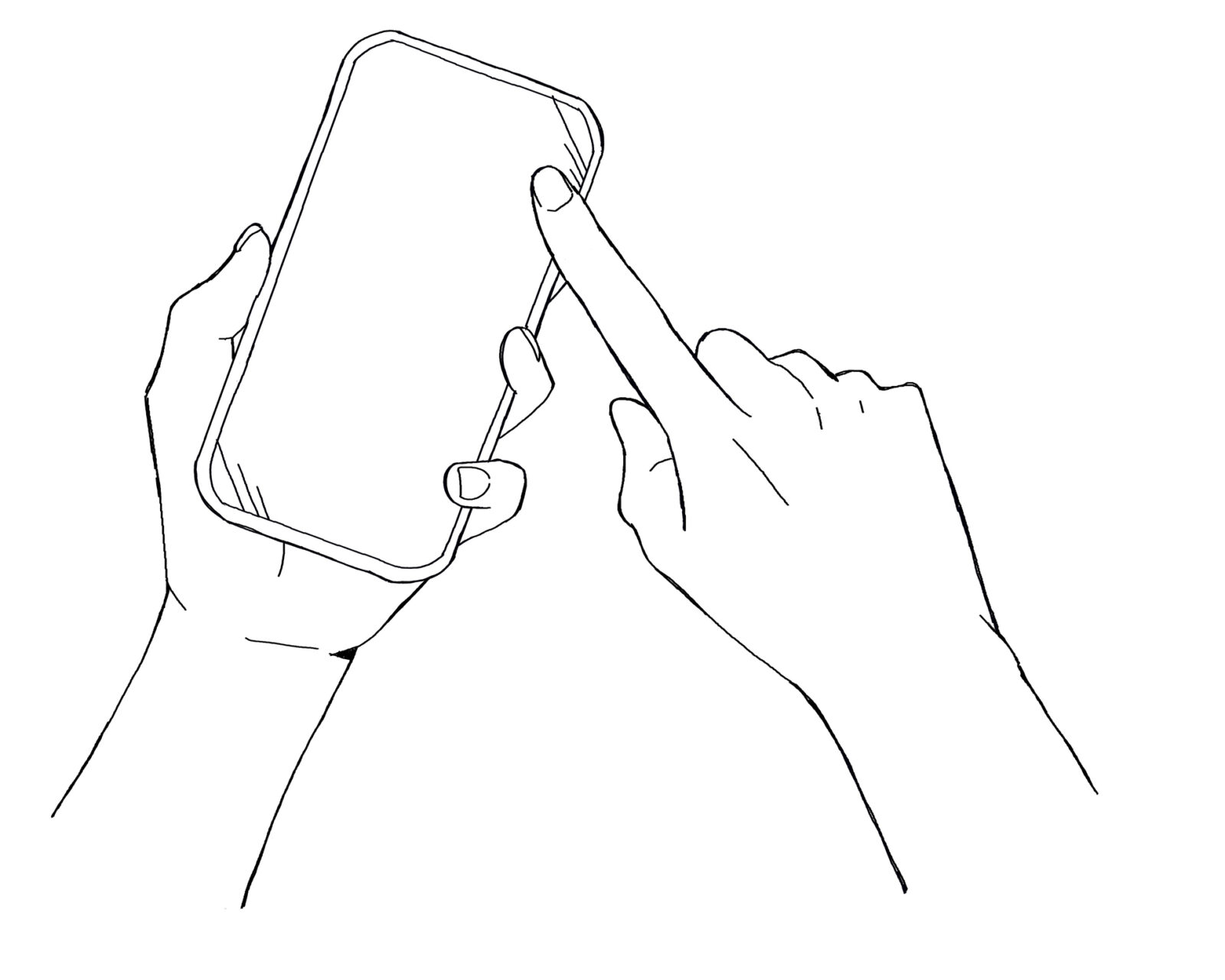Recently, I attended a talk by social psychologist Jonathan Haidt, organised by the grassroots parent group that’s sprouting up in the UK, ‘Smartphone free childhood’. Haidt’s new book, ‘The anxious generation’ is set to release on March 26th 2024, and I’ll be reading it with interest. Packed with the most recent research on the impact of the widespread use of smartphones and social media, Haidt focuses on the current adolescent generation, who are growing up as smartphone and social media ‘digital natives’.
As a psychotherapist who has worked with adolescents in various settings for years, it’s hard to ignore the impact of smartphones and social media. This is the ‘cultural elephant in the room for this generation’s adolescents’, as Peter Cosgrove, a consultant in paediatric emergency medicine, recently suggested to me.
Like others, I have thought at length about the effect of smartphones on adolescents and their parents, and have wondered about the most effective, appropriate response. We psychotherapists tend to focus principally on the internal world. Yet to understand young people’s lives today, how they spend their time and what matters to them, we can’t ignore their environment, which to a large extent is online. What approach can we take that doesn’t resort to authoritarianism or parent-blaming? How can we avoid blindly walking into a moral panic, taking into account that all generations before us had their own technology ‘bogeyman’? One example amongst many: in the 19th century, paper books and the printing press were decried as “seducing children into a life of crime and violence”.
Yet, while steering clear of the dangers of sensational claims and catastrophising, the detrimental effects of excessive social media and smartphone use at young ages are hard to miss. This is not ‘all or nothing’, but rather, a question about what guardrails and boundaries we could consider on a society level.
Jonathan Haidt’s approach is far from luddite or alarmist: he appreciates the many pleasures and opportunities digital life offers. But he wonders what it means that young people today predominantly experience childhood and adolescence through smartphones, rather than through the experiential learning of a play-based childhood.

The research he presents on the harms of excessive smartphone and social media use is clear and persuasive, particularly as it impacts on today’s epidemic of adolescent mental health problems. These issues disproportionately affect deprived and vulnerable children and place overstretched parents in an impossible, unfair position. None of us – parents, mental health professionals, young people – can tackle this individually; Haidt refers to this as a ‘collective action problem’:
“It’s what happens when a group would be better off if everyone in the group took a particular action, but each actor is deterred from acting, because unless the others do the same, the personal cost outweighs the benefit. Fishermen considering limiting their catch to avoid wiping out the local fish population are caught in this same kind of trap. If no one else does it too, they just lose profit.”
Quite. No teenager in their right mind will be persuaded to quit Snapchat or Instagram on their own, as this is where all their friends gather and communicate. The same goes for parents: when all children or young adolescents are on social media, how can they become the ‘baddies’, the only parents in the class who don’t allow their teenager to join in with everyone else?
Haidt introduces four actionable steps, which can only be implemented collectively, not individually:
- No smartphones before 14.
- No social media before 16.
- Smartphone free schools.
- Many more opportunities for independence and free play for children & adolescents (on this he suggests a whole host of ideas, some of which can be found on the ‘Let Grow’ project website) .
As psychotherapists and mental health professionals, what further steps can we add to this list?
- We can create and facilitate parent groups within our teams to offer information and mutual support, including discussions on digital technology.
- We can encourage parents, ideally within these groups, to take specific steps. A first, straightforward step is to implement a policy of no devices in the bedroom at night for the whole family. This is hardly a new idea, yet it’s striking how widely ignored it remains. Many psychologists and therapists, such as Lisa Damour, have emphasised the importance of this simple measure for years. To me it feels crucial in light of the substantial increase in school attendance problems that we are witnessing in the UK. Before tackling the complex sociocultural and educational factors contributing to school attendance problems, we need to ask the obvious question: how can children and adolescents attend school in the morning when they’re up all night on their phones?
- We can have these discussions with young people directly. These conversations usually arise naturally, as teenagers are drawn to discussing their online lives, including issues like online bullying, sexting, compulsive YouTube usage or attention problems.
One of Haidt’s most persuasive arguments is that teenagers overwhelmingly support his approach, as long as the steps taken are for all teenagers, rather than one person individually. Rather than this becoming yet another instance of us adults lamenting ‘kids these days’ and (what we see as) their problems, achieving a balance weighed more heavily towards outdoor, play-based activities and greater independence is something most young people would most likely fall behind.
